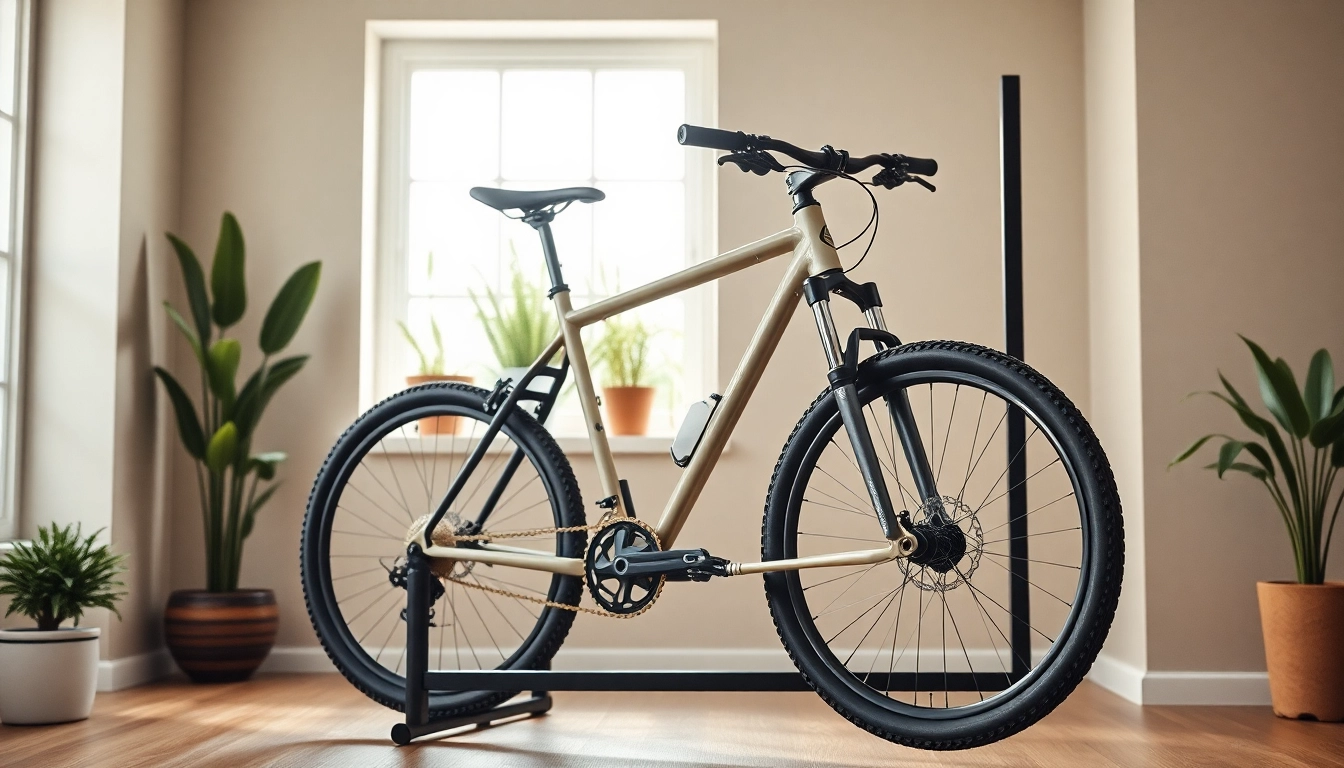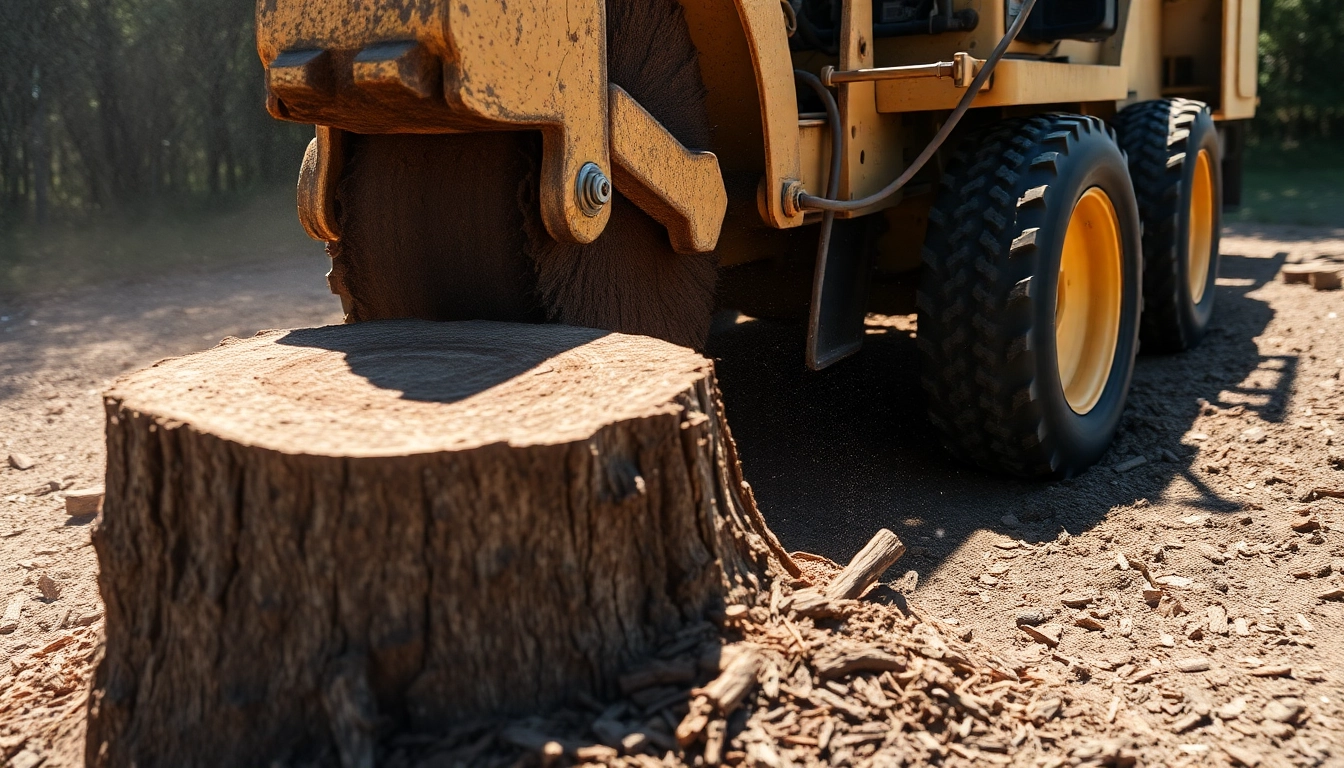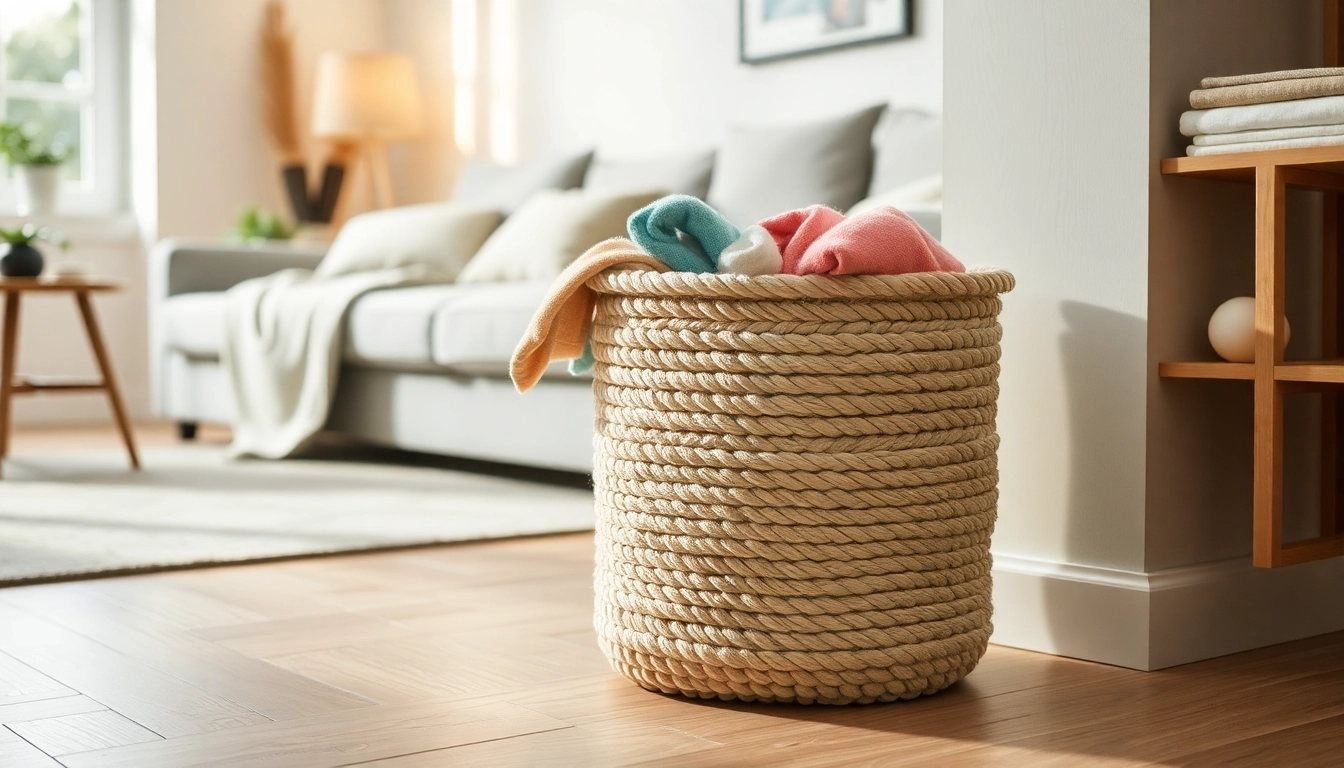Finding the perfect Bike rack for home can transform your living space while keeping your bicycles organized and accessible. In this comprehensive guide, we’ll explore the various aspects of selecting the right bike rack for your needs. From understanding the different types of bike racks to installation guidance, maximizing space, and ensuring safety and maintenance, this article covers every facet that ensures your biking experience remains seamless and enjoyable.
Understanding Bike Rack for Home Options
Types of Bike Rack for Home
Understanding the different types of bike racks is essential for choosing the right one that suits your home environment and personal needs.
- Wall-mounted Bike Racks: These racks are ideal for homes with limited space. They are mounted to walls, allowing bikes to be hung vertically or horizontally. They are perfect for garages, sheds, or any indoor area where floor space is at a premium.
- Freestanding Bike Racks: These racks do not require wall installation and can be placed anywhere in the home. They’re highly versatile and easy to move, making them suitable for various indoor or outdoor settings.
- Ceiling-mounted Racks: For those looking to maximize vertical space, ceiling-mounted racks can be a great solution. They allow the bike to be lifted up and out of the way, making efficient use of overhead space.
- Vertical Bike Stands: These upright stands can hold one or more bicycles, making them ideal for apartments or small homes. They usually don’t require installation, making them easy to set up and relocate.
- Foldable Bike Racks: If you have limited space and need something that can be stored away when not in use, foldable bike racks offer the flexibility you may need.
Benefits of Each Type
Each type of bike rack comes with its unique set of advantages:
- Wall-mounted Bike Racks: Save floor space and provide a clean, organized look. They are also often customizable, with adjustable spacing to accommodate various bike sizes.
- Freestanding Bike Racks: Easy to install and relocate with no need for wall drilling. They can hold multiple bikes, making them suitable for families or shared living spaces.
- Ceiling-mounted Racks: Great for keeping floors clear and maximizing overhead space. These are an excellent option for garages or places with high ceilings.
- Vertical Bike Stands: Require minimal space and are often portable. Suitable for apartments with limited storage solutions, some models can be adjusted for different bike sizes.
- Foldable Bike Racks: Provide convenience without permanent installation. They’re ideal for renters and for individuals who need flexibility in their storage solutions.
Choosing the Right Size
The size of the bike rack is crucial to ensure it meets your needs without wasting space. Consider the following factors when choosing the right size:
- Available Space: Measure the area where you plan to install the bike rack. Ensure that the chosen rack fits comfortably without obstructing pathways or other furniture.
- Bike Dimensions: Different bikes vary in size, so knowing the measurements of your bicycles is crucial. Ensure that the chosen rack can accommodate all bike sizes, especially if you own different types.
- Number of Bikes: Determine how many bikes you need to store. Some racks can hold multiple bikes, while others are designed for single bike storage. Plan accordingly based on family needs or guest usage.
Installation Considerations for Bike Rack for Home
Tools and Materials Needed
Proper installation of a bike rack depends on having the right tools and materials at hand. Here’s a basic list of items you might need:
- Drill and drill bits suitable for your wall type (wood, drywall, etc.)
- Screws, anchors, and mounting brackets (usually provided with the bike rack)
- A level for ensuring alignment
- A tape measure for accurate spacing
- Safety glasses and gloves for protection during installation
Step-by-step Installation Guide
Below is a general outline of how to install a wall-mounted bike rack:
- Choose the Location: Find a suitable spot on the wall where your bike rack will be installed. Ensure that there is enough space above and around the rack.
- Mark the Spot: Use a pencil to mark the spots where screws will be placed, ensuring they align with the bike rack’s mounting holes.
- Drill Holes: Based on the type of wall, drill holes for anchors or screws. If drilling into studs, ensure to use the right drill bit size for the screws.
- Insert Anchors: If drilling into drywall, insert the plastic anchors before securing the screws.
- Mount the Rack: Securely attach the bike rack to the wall using screws, ensuring it is level before fully tightening.
- Check Stability: Try hanging a bike on the rack to ensure it holds securely.
Common Installation Mistakes to Avoid
While installing your bike rack, keep an eye out for these common mistakes:
- Not Using the Right Hardware: Ensure that you use appropriate screws and anchors based on your wall type.
- Improper Height: Installing the rack too high or too low can lead to difficulty in placing and retrieving bikes.
- Ignoring Safety Guidelines: Always follow the manufacturer’s guidelines to ensure that the rack can support the weight and structure of your bikes.
- Forgetting About Additional Space Requirements: Ensure there is adequate space for bicycles to be taken on and off the rack easily without bumping into walls or furniture.
Maximizing Space with Bike Rack for Home
Vertical vs. Horizontal Mounting
The orientation in which you mount your bike rack can significantly impact space usage:
- Vertical Mounting: Utilizes vertical height, allowing for storage in tighter spaces. This is particularly effective in garages or small rooms.
- Horizontal Mounting: Offers a wider surface area for multiple bikes but requires more horizontal space. It’s ideal for garages or basements where length is not a constraint.
Additional Storage Solutions
Enhancing your bike storage setup can also boost overall organization. Here are some ideas:
- Shelf Systems: Install shelves above or around your bike rack to store helmets, tools, and other cycling gear.
- Hooks and Pegboards: Use hooks or pegboards for additional accessories and small gear items, keeping everything within reach yet organized.
- Storage Bins: Consider bins or baskets for seasonal parts or less-used items, keeping them tucked away yet accessible.
Design Tips for Small Spaces
For those living in tight quarters, maximizing available space is critical. Here are a few design tips:
- Use Multi-functional Furniture: Consider bike racks that double as furniture or decor.
- Employ Clear Storage Solutions: Use transparent containers or shelving so you can instantly see what’s stored without rummaging.
- Choose Slim Designs: Opt for narrow bike racks that take up minimal space while still offering extensive storage capabilities.
Safety and Maintenance for Bike Rack for Home
Ensuring Stability and Security
Ensure that your bike rack is stable and secure. Here are some tips:
- Regularly check and tighten screws and bolts to prevent loosening.
- Consider adding rubber pads or grips to prevent slipping if placing bikes on a stand.
- Secure bicycles using locks if storing in a garage or outdoor area to prevent theft.
Maintenance Tips for Longevity
Routine maintenance can extend the life of your bike rack:
- Regular Cleaning: Dust and clean the racks periodically to prevent wear and tear caused by dirt accumulation.
- Check for Damage: Inspect regularly for any signs of damage, especially after extreme weather conditions.
- Protect Against Rust: If your bike rack is metal, consider applying a rust-resistant coating to lengthen its life.
Preventing Common Wear and Tear
Here’s how to prevent wear and tear on your bike rack:
- Limit the number of bikes per rack to avoid overloading.
- Ensure bicycles are hung properly to avoid scratching or damaging each other.
- Avoid banging bikes against the rack, causing scratches or dents.
Choosing Accessories for Bike Rack for Home
Parking Accessories Overview
Accessories can add functionality to your bike storage solution. Some useful accessories include:
- Helmet Hooks: Handy for storing helmets directly on the rack, so they’re always accessible.
- Tool Holders: Keep essential tools for bike maintenance on hand with specific tool mounts.
- Storage Bags: Use bags to store small parts or accessories for convenience.
Enhancing Security Features
Boosting security for your bike is crucial. Consider these additions:
- Integrated Locking Systems: Some bike racks come with built-in locks which can provide peace of mind.
- Alarm Systems: Consider alarm systems particularly for outdoor bike storage solutions.
Styles and Aesthetic Choices
Finally, consider the aesthetic element of your bike rack:
- Color Selections: Choose a bike rack color that complements your home’s decor.
- Material Choices: Wood, metal, or composite materials can each offer a different aesthetic. Choose one that fits your style.
- Design Elements: Consider modern designs that can serve as a conversation starter or art piece in your home.
Conclusion
Choosing the right Bike rack for home is vital for keeping your bicycles organized and your space tidy. Factors such as type, size, installation, and maintenance all play key roles in maximizing the utility and aesthetic appeal of your bike storage solution. By gaining a comprehensive understanding of each component involved in selecting and maintaining your bike rack, you can ensure a successful implementation tailored to your lifestyle needs.



